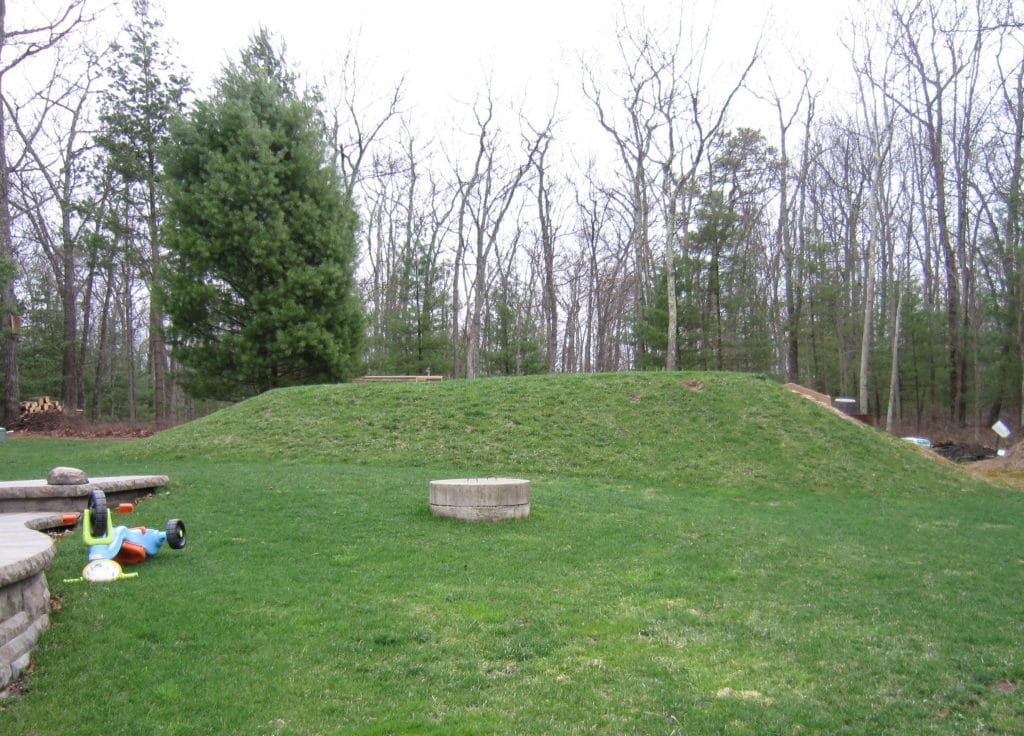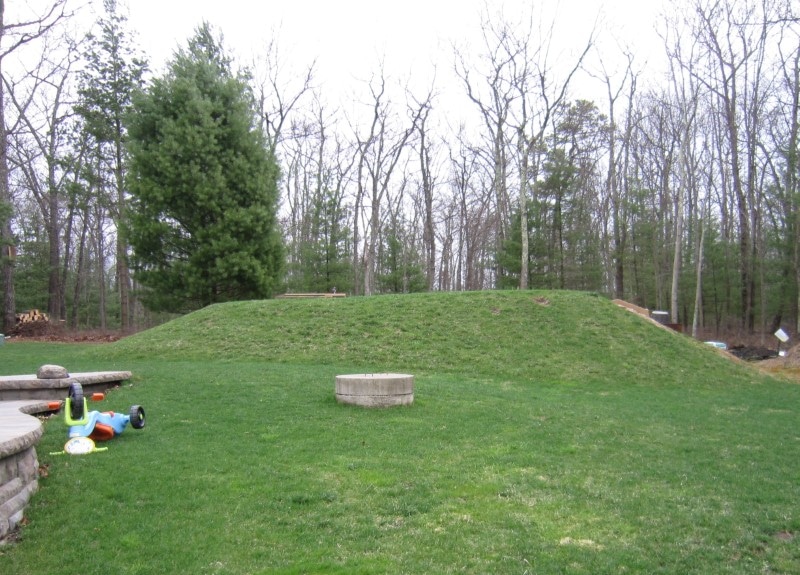
It just so happened that your parents had to attend a business meeting out of the country the following weekend and they would like you to take charge of the house with your aunt to make sure that the raised mound was well taken care of. The scheduled pump out was next Saturday and you had to know how to locate your raised mound before he arrived. It was definitely a huge deal with your because your aunt will be there with you. Of course, you had no choice. There wasn’t really anything that a fifth grader could do in situations like that. With a smile, you said yes. There was no point letting all that pie and ice cream go to waste.
Much research enabled you to know some of the important guidelines in locating your raised mound:
1. Look for a raised lump of soil in your lawn. It is covered with a thin layer of topsoil and grass.
2. Check if the grass is soggy or dry. If the grass on the mound is soggy, then it is possible that the raised mound is failing or has a leak. If the raised mound is dry, then it means that the raised mound system is functioning properly. Never try to water the dry grass over the raised mound. This would only hinder the proper flow of wastewater to be treated in the system.
3. To verify if the lump that you’re looking at is the raised mound, it should not have any trees or shrubs on it or near it. Trees and shrubs will damage the system with their roots. The root systems of trees and woody shrubs are invasive and would seek out good steady sources of water and nutrients. The raised mound should not have any plant on it except for grass on your lawn.
4. Check with the record drawing that could be obtained from the department that issues the permit for the construction of your raised mound. But this may not accurately tell you the real location of the raised mound system because of last minute adjustments during actual installation.
When you found out how to locate your raised mound septic system and determine its location, you knew that you were ready to face the septic expert. The day came and the septic expert was surprised to see such a young man overseeing the raised mound pump out. He was even impressed at how you located the real raised mound in your lawn. The landscape artist made it very difficult for you to do so because he scattered soil mounds everywhere and decorated them with elaborate flowers.
You owed your knew knowledge about raised mounds to the internet and to the septic expert who added so much more information for you to maintain your raised mound system He told you that the sink, drains, and toilets should be used properly and not treated as trash bins. You should also use bacteria-friendly household cleaners and avoid the harsh ones.
By the time your parents got back, you told them what you have learned. Later that day, there was another freshly-baked pie and caramel cheesecake ice cream waiting for you. We hope this helped you to discover how to locate your raised mound septic system.
